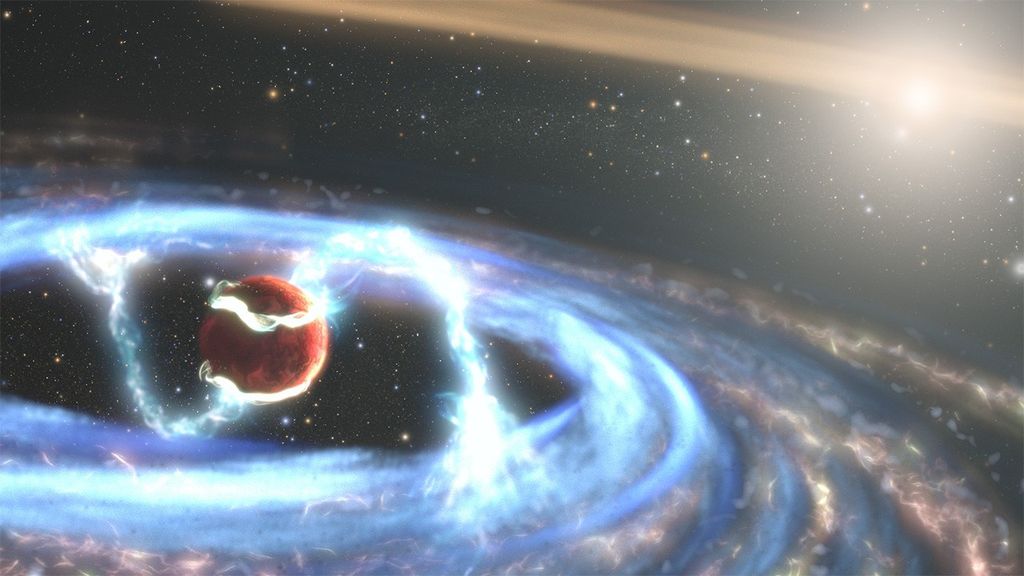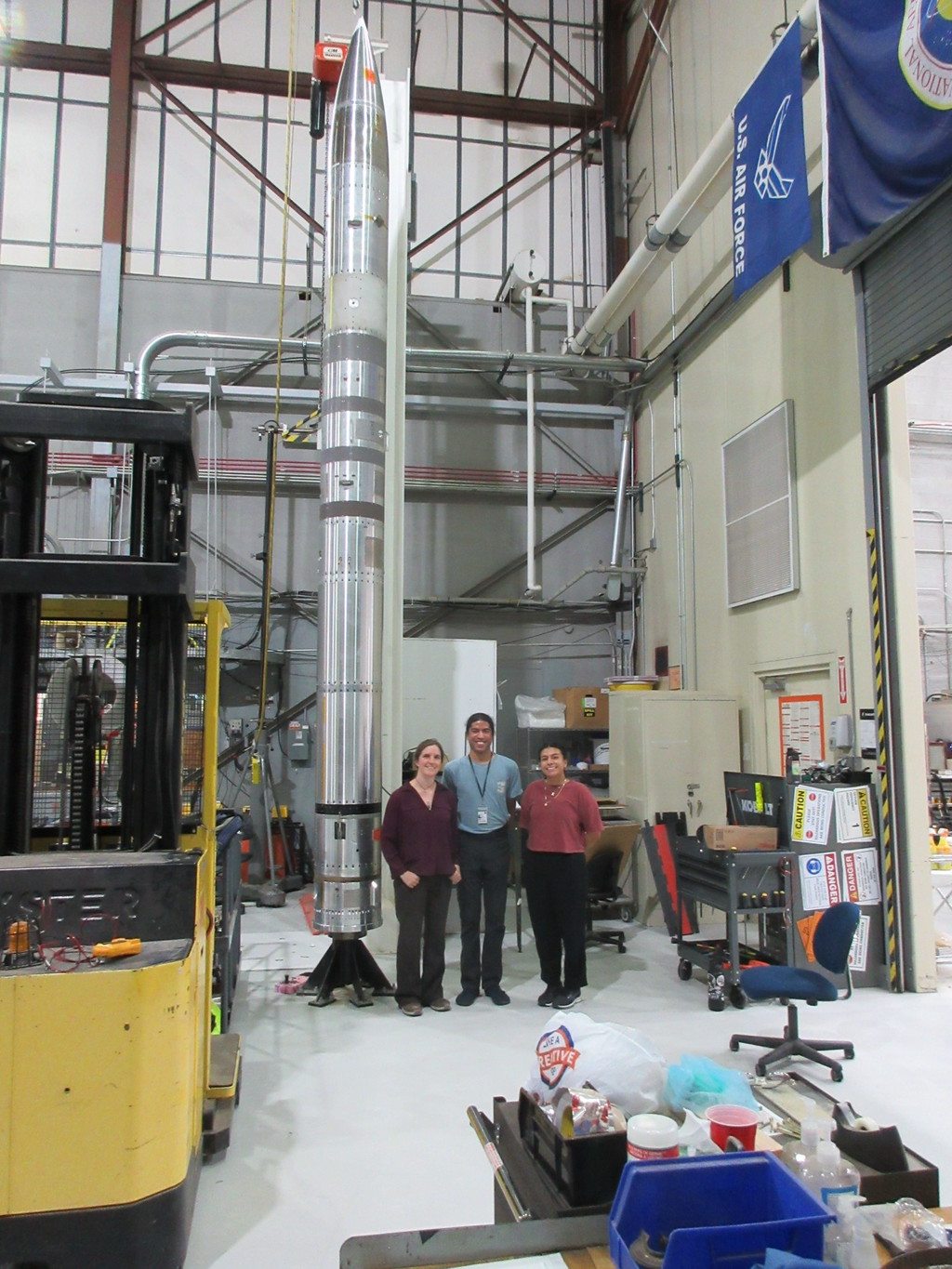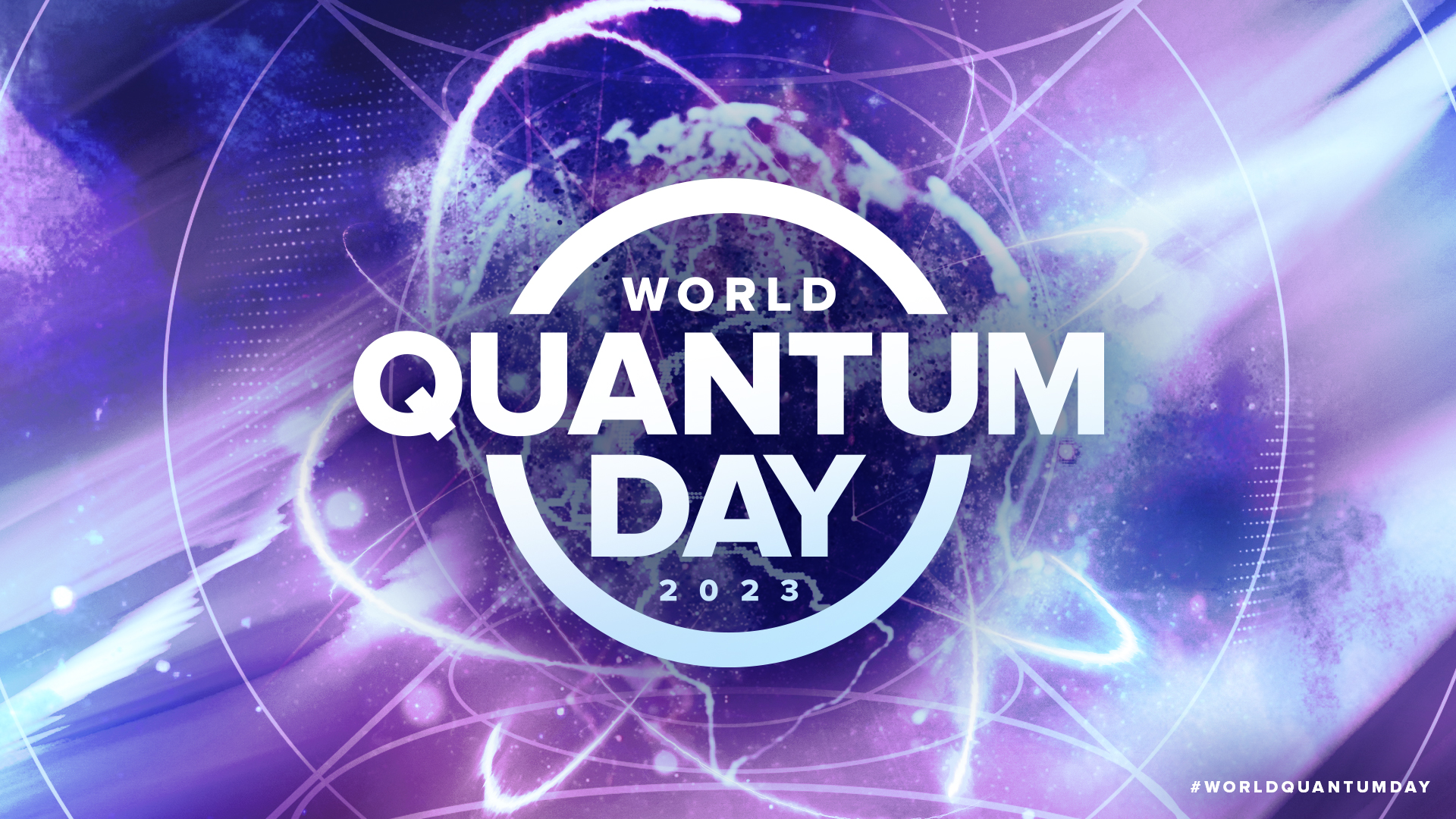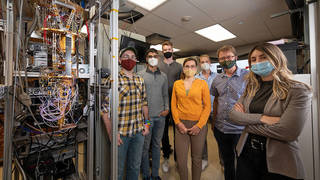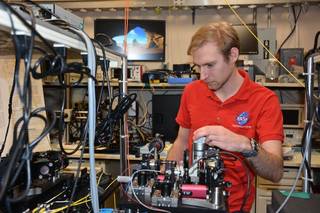Today, NASA is celebrating World Quantum Day and the on-going research being done across the country, from a quantum detector to intern-managed experiments.
The agency’s Space Communications and Navigation (SCaN) program office is utilizing this quantum research to further the way NASA communicates, as the agency continues to explore further into space.
“SCaN is working on quantum experiments, simulations, and more to help build the future of space communications,” said Badri Younes, deputy associate administrator for NASA’s SCaN program. “Our technological research and development will enable NASA to explore more securely than ever before.”
Goddard Space Flight Center’s Quantum Laboratory
NASA’s Goddard Space Flight Center in Greenbelt, Maryland, is utilizing its new quantum laboratory to perform quantum communications experiments.
Harry Shaw, quantum communications and computing activities lead, is the master behind the lab. He created the quantum lab, identified experiments, and found applicable commercial equipment vendors. Shaw is establishing a quantum communications services pathway by performing experiments related to quantum entanglement – the phenomenon whereby a pair of particles are generated in such a way that the individual quantum states of each are undefined until measured, and the act of measuring one determines the result of measuring the other, even when separated by great distances.
The Goddard quantum lab is made up of both full-time employees and interns participating in the SCaN Internship Project (SIP). As a mentor for more than 20 years, Shaw has guided many students working on space communications technologies. He develops partnerships with universities and other government agencies to identify interns pursuing higher-level graduate and doctoral degrees that intersect with quantum communications and invites them to be an intern at the lab.
“Once each intern session begins, we lead the students’ research and development activities involved in space communications utilizing microwave, optical, and quantum technology,” said Shaw. “We guide newer students through their internship and help them apply their knowledge and experience to valuable NASA projects that benefit the agency and the students.”
Interns work alongside employees to oversee the lab and conduct numerous, on-going experiments. One of those experiments is an investigation into cloud-based data management services. Interns work with a lead IT security engineer to develop quantum cloud services in accordance with all NASA IT security requirements. Other experiments include studying optical angular momentum, developing quantum circuits, and evaluating quantum computing as a service, which would eliminate the need for developing or buying very expensive quantum computers.
Quantum computing is based on quantum bits or qubits. Unlike traditional computers, in which bits must have a value of either zero or one, a qubit can represent a zero, a one, or both values simultaneously. Representing information in qubits allows the information to be processed in ways that have no equivalent in classical computing, taking advantage of phenomena such as quantum entanglement. As such, quantum computers may theoretically be able to solve certain problems in a few days that would take millions of years on a classical computer.
Jet Propulsion Laboratory’s Quantum Detector
NASA’s Jet Propulsion Laboratory (JPL) in Southern California developed a device that can count huge numbers of single photons with incredible precision. The Performance-Enhanced Array for Counting Optical Quanta (PEACOQ) detector could transform how quantum computers, located thousands of miles apart, exchange huge quantities of quantum data.
“Transmitting quantum information over long distances has, so far, been very limited,” said Ioana Craiciu, PEACOQ project team member, a postdoctoral scholar at JPL. “A new detector technology like the PEACOQ can measure single photons with a precision of a fraction of a nanosecond enables sending quantum information at higher rates and farther distances.”
For more information on JPL’s PEACOQ detector, check out this article: https://go.nasa.gov/3LxsmjD
Glenn Research Center’s Quantum Simulations
The quantum communications team at NASA’s Glenn Research Center in Cleveland studies technologies and architectures that can enable space-based quantum networks.
The team, led by Principal Investigator Dr. John Lekki, characterizes state-of-the-art quantum devices in the laboratory and feed that performance information into models, so that hardware performance can be analyzed within space-based network architectures. This verification and validation of quantum hardware and network models is the focus of the NASA Quantum Metrology Laboratory (NQML).
The NQML team, which often includes students participating in the SCaN Internship Project, performs experimental and theoretical activities. Chris Nadeau, a second-year SCaN intern, optimizes quantum entanglement swap simulations. He writes code, researches the mathematical underpinnings for potential features of the simulation, and develops test cases to verify the simulation output.
“We’re trying to model satellite communications that utilize entangled photons as carriers of quantum information to transmit messages as opposed to the current classical communications methods,” said Nadeau. “This is of particular interest due to the security guaranteed by the principles of quantum mechanics, and simulations of such networks are key to the eventual development of real-world quantum communications across long distances.”
Ames Research Center’s QuAIL Team
NASA’s Quantum Artificial Intelligence Laboratory (QuAIL), at Ames Research Center in California, assess the potential of quantum computers. The QuAIL team’s goal is to demonstrate that quantum computing may someday dramatically improve NASA’s space exploration endeavors.
Dr. Eleanor Rieffel and her team of engineers conduct theoretical and empirical analysis of quantum computing and algorithms, and investigates their applications with challenging computational problems.
Learn more here: https://go.nasa.gov/40Jz0I6
…
World Quantum Day engages the public in the understanding and discussion of quantum science and technology. Quantum helps us understand nature at its most significant level, develop technologies that are crucial for everyday life, and potentially revolutionize the future of science and technology.
The Space Communications and Navigation (SCaN) program office provides funding for quantum efforts across NASA’s Goddard Space Flight Center in Greenbelt, Maryland; NASA’s Glenn Research Center in Cleveland, Ohio; and NASA’s Jet Propulsion Laboratory in Southern California. The SCaN program office supports the Space Operations Mission Directorate at NASA Headquarters in Washington.
Banner Image: World Quantum Day is an international, community-driven event on April 14 to spark interest and generate enthusiasm for quantum mechanics. The National Quantum Coordination Office, part of the White House Office of Science and Technology Policy, is excited to participate in World Quantum Day, along with agencies across the Federal government. Credit: National Quantum Coordination Office














